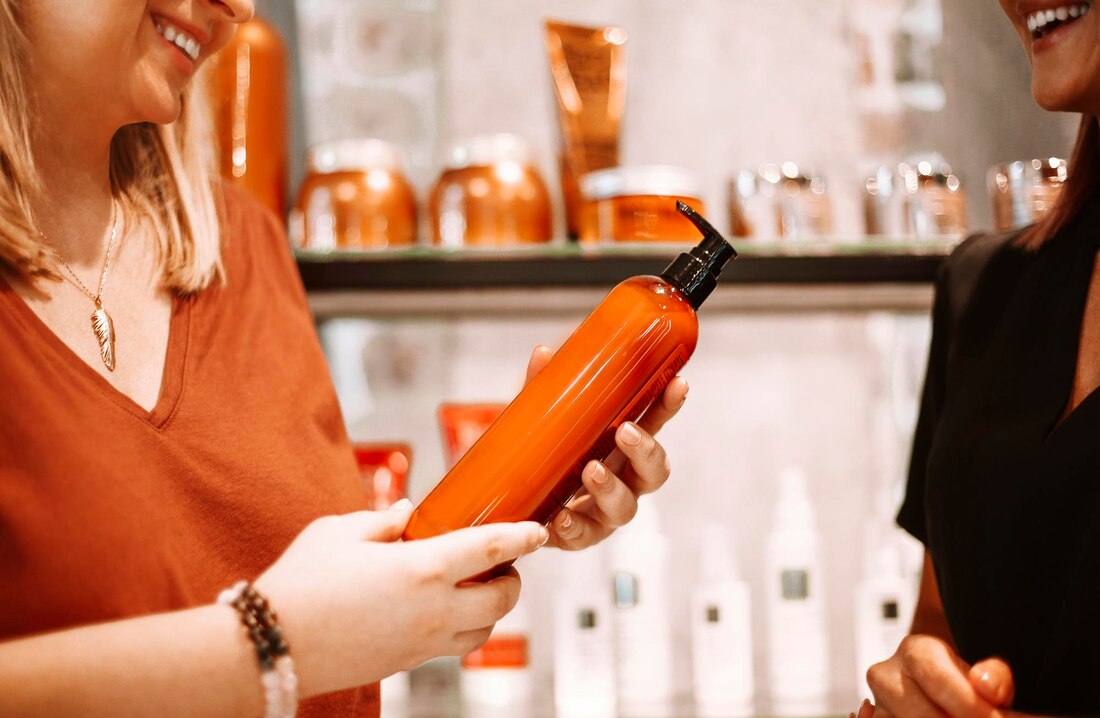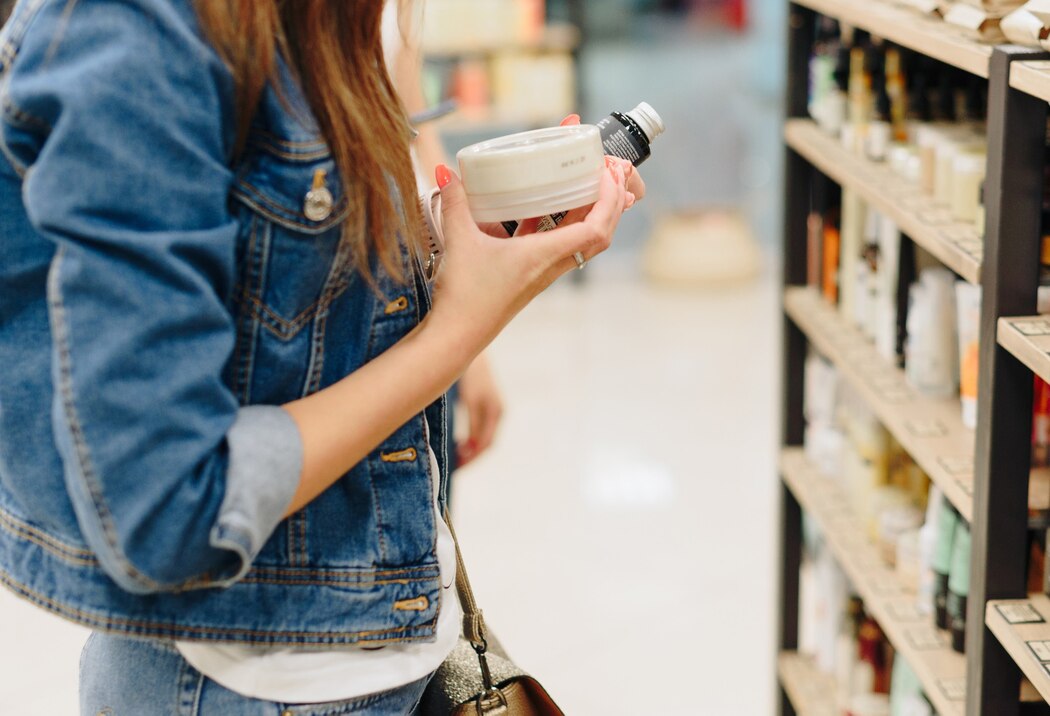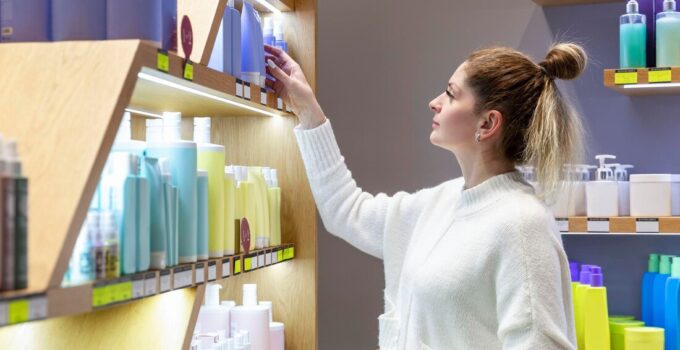One of the best industries or markets you can choose to sell on is the beauty one, especially in 2025. With new products, ideas, and lines coming out, people are more active than ever to buy anything, even if it isn’t 100% brand-new.
The reason behind its thriving is mostly on how brands leverage beauty product liquidation and surplus channels to access high-quality products. Of course, specific brands work in their own production and process.
However, specific resellers and any small store often go for the surplus options for profits.
This is valid, but you need to be careful if you want to access high-demand cosmetics and skincare at wholesale closeout prices.
For resellers, you not only need to understand how to acquire them but also expiration, compliance, and quality.
Take the time to evaluate and review them, go over categories, and see if they are still good to sell.
Always work on what could make you profit, but without affecting people’s health or care in the process.
How can you incur the beauty industry without all these worries?
At Coastal Surplus Solutions, we can give you a guide on how you can have success in this fast-moving sector.
Just take your time and have our team teach you below.
Expiration Considerations: Dating, Shelf Life, and Storage Requirements
As mentioned before, make sure you profit as long as it does not put anyone’s life in danger.
Managing expiration dates and shelf life is essential when dealing with cosmetics surplus for resellers and skincare liquidation opportunities.
Most beauty products have a limited shelf life, which is typically indicated by a “best before,” “use by” date, or a PAO (Period After Opening).
It all depends on the presentation and option, but what you care about is checking any numbers.
As highlighted by NAYA, you want to make sure you cover all symbols on the packaging and understand if they are still functional. If so, can they be safely used?
The condition of the product should also tell you if they can be used.

Many cosmetics and skincare products may be good in terms of expiration dates, but poor keeping can lead to damage.
Check any creams or specific items that can be affected by the temperature changes. If they look weird or out of the usual texture, you want to discard them.
A way to automate all of this makes it simpler for you includes a few steps:
- Always track expiration dates and lot numbers. You want to maintain batch-level traceability.
- Optimal storage. As mentioned previously, you can to make sure products were in cool, dry locations away from sunlight. All of it to maximize shelf life and prevent degradation.
- Hygiene around packaging and if they were opened or not at some point. Always avoid contamination of any kind.
- Dispose of expired products no matter if they are about to expire in a week or two.
Popular Brands: High-End vs. Drugstore Brand Opportunities
Makeup liquidation pallets and surplus lots often contain a mix of high-end and drugstore brands. All of them offer a unique resale opportunity, but the opportunity must be identified early.
You need to classify these items and organize them in different groups. Otherwise, people may end up buying one for the other.
How do you know which ones are high end and others from drugstores?
Most liquidation pallets include these:
| Segment | Examples of Brands | Resale Potential |
| High-End | Estée Lauder, Lancôme, MAC, Dior | Higher margins, luxury appeal |
| Drugstore | L’Oréal, Revlon, Maybelline, NYX | Fast turnover, mass market |
- High-end brands are always around luxury and how the package and the product perform. They attract great buyers and profit margins are always higher, especially when sourced from curated liquidation lots.
- Drugstore brands move quickly because of their affordability. However, the profit margin for each product is lower.
- Hybrid lots are ideal for your business. You want to find and offer both options to avoid being stuck with your inventory.
Compliance Issues: FDA Regulations, Authenticity Verification
Besides expiration dates and product condition, do you know if they are compliant with all regulations?
Compliance is non-negotiable in the beauty sector, especially with new FDA regulations under the Modernization of Cosmetics Regulation Act (MoCRA).
You will need to learn and make sure your products fulfill all laws and standards available. this includes ISO standards and specific county and city regulations.
The key compliance steps include:
- Facility and product registration.
- Ingredient and safety documentation.
- Authenticity checks.
- Adverse event reporting.
You want to save all the paperwork for this and include it in your listings. This avoids returns on the side that products do not fulfill something when they clearly do.
It also prevents issues around delays, fines, or product seizures and how customers got them from you.
Of course, always guarantee they actually fulfill every piece of documentation and regulation.
As stated by the FDA, registration and listing of cosmetic products needs to be done carefully and with all paperwork at hand.

Market Channels: Social Media, Beauty Supply Stores, Salons
You have many places to sell your products and maximize profits in beauty products wholesale closeout sales.
Some of them include:
- Social media platforms like TikTok, YouTube, and Instagram. They are full of influencers and people you can collaborate with. The platforms also include shopping options that are more direct than others.
- Beauty surplus stores, which are more about owning your own space for the sales.
- Salons and partnering with any beauty place to offer your products, or if you are the owner of one.
Coastal Surplus Solutions works with you in connecting with skincare liquidation opportunities and any other surplus goods.
We are a team that provides support in sourcing them and ensuring you can even reach the point of marketing and selling them.
Feel free to contact us anytime and have our team help you in the process.




